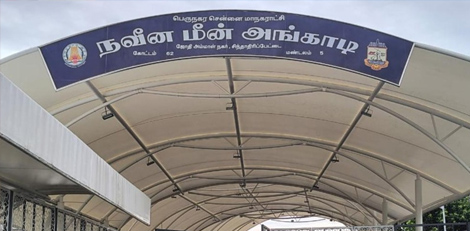Your everyday habits could be mounting trouble for your heart
Posted on: 04/Apr/2019 3:48:14 PM

From a time when cardiac arrest was a rare phenomenon usually occurring due to certain specific health inconsistencies to now when heart issues have become the most common lifestyle disease; from occurring in mostly elderly or comorbid people after a certain age to now catching even young professionals, the epidemiology of cardiac ailments is certainly witnessing a swift shift.
In the medical world, epidemiology caters to the study and analysis of the responsible factors and the distribution of a disease condition in defined populations. Striking changes in the distressed patterns in global demographics have put cardiovascular disease to the forefront of public health so much so that it has almost become the epidemic of the century. The complex understanding of cardiovascular disease determination is yet to mount to an effective preventive stage, largely due to the rapid developments in epidemiology of these chronic diseases.
Some of the major cardiovascular disease (CVD) include:
Coronary artery disease
Heart attack, Heart failure, Stroke
Abnormal heart rhythms, or arrhythmias.
Heart valve disease.
Congenital heart disease.
Heart muscle disease (cardiomyopathy)
Among the several factors that have triggered this shift are broad systemic drivers like urbanization and globalization. Hypertension, cholesterol, poor nutrition, obesity, physical inactivity, and psychosocial stress were among the leading factors responsible for heart diseases. Smoking and the growing burden of tobacco are only further stressing the burden of these diseases. Weather it is to zone out, to de-stress, or to fit in, more and more youngsters and IT professionals are falling an easy prey to constant smoking. The acceleration in dietary changes related to nutritional transformations and the infinite amount of diet fads that go around on the internet, the human body and mostly the human heart is becoming the largest sufferer.
The increasing consumption of energy-dense diets rich in oils, sodium, unhealthy fats, sugars, packaged food items have particularly aggravated the risk. The overall lifestyle that is defined by enhanced amount of stress and mental activity, and diminished physical activity, long hours of work at a stretch without proper care to the body through a balanced diet and through physical fitness are only driving towards cardiac ailments and many other issues with the body. What is mostly overlooked is that any chronic diseases results with the accumulation of risk factors throughout an individual`s lifetime and show their effect only in the long run said Dr. Naveen Chandra-Consultant - Interventional Cardiology, Columbia Asia Hospital Whitefield.
Factors that have affected cardiac ailments` epidemiology:
Unhealthy lifestyle with no or less physical activity
Consumption of low or no nutrition food and processed food items
Dietary changes
Cholesterol, hypertension and stress
Urbanization
Smoking
GOLDEN MINUTES: There has been significant spread in the awareness about the importance of golden hour which is the first hour after the person suffers from a heart attack. However, in case of a cardiac ararrest the golden minutes and golden seconds i.e. each minute and each second becomes crucial and immediate reaction is of utmost priority.
Often misunderstood, heart attack and cardiac arrest are two separate circumstances. Heart attack is one of the many factors that can cause cardiac arrest. When it comes to a heart attack, the patient`s heart loses the ability to pump blood only partially and continues with lower efficiency allowing the first hour for medical aid. But during a cardiac arrest, the heart stops functioning owing to issues in the electrical system of the heart that disrupts the pumping action. This results in the ceasing of blood flow to brain and other body parts, hence the person needs medical assistance even before an hour. So the golden minutes become very decisive in a cardiac arrest that demands quick action and can occur without warning.
Some cardiac arrest symptoms:
Chest pain
Heart palpitations
Shortness of breath
Dizziness or fatigue
Sudden loss of responsiveness
Unconsciousness
What can one do?
Reach out for medical aid at the earliest
Check for pulse and breathing
Position the victim and start with CPR (Cardiopulmonary resuscitation) till the medical assistance arrives
Deliver two breaths of air after every 30 compressions
Reach out for an AED (Automated External Defibrillator) at the earliest







